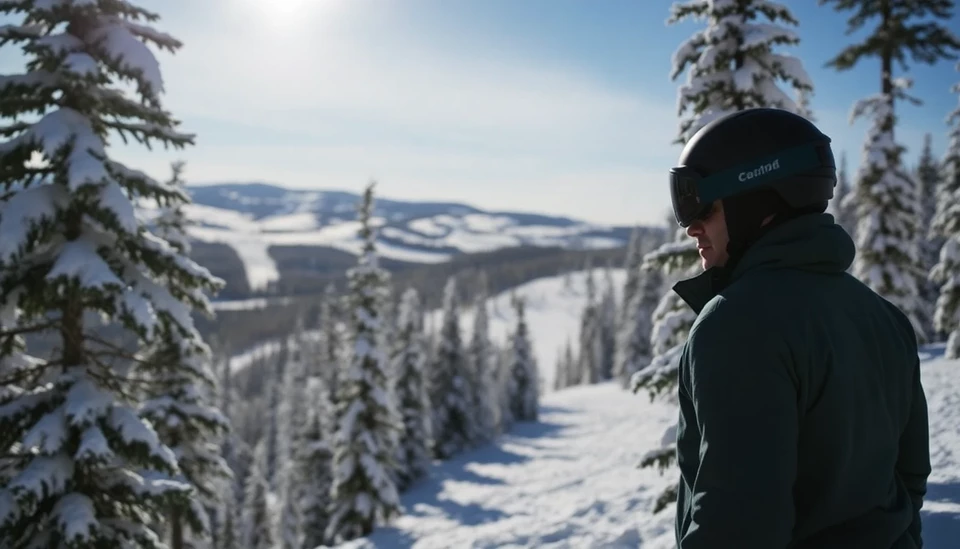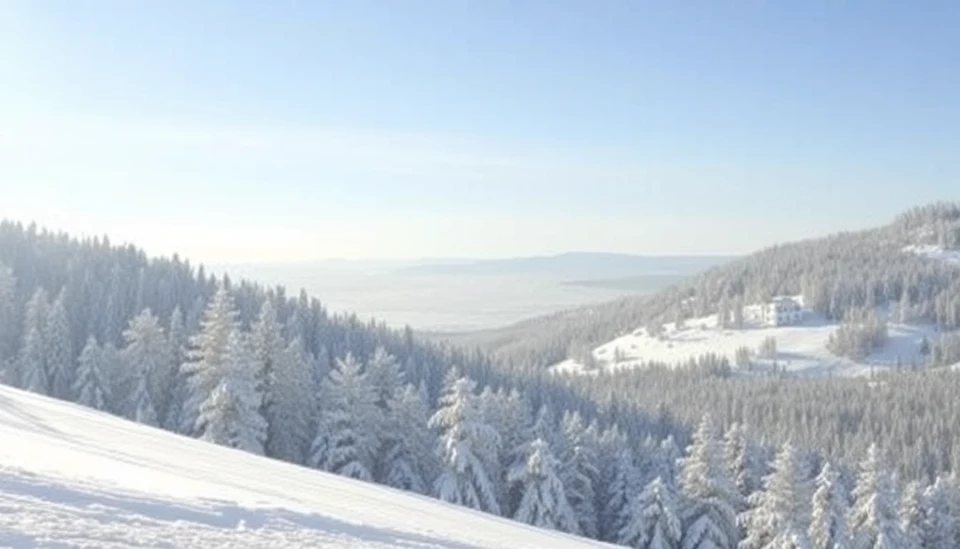
As Europe experiences unprecedented snowfall, a number of renowned ski resorts have been compelled to shut their operations due to significant avalanche risks. The alpine regions, particularly in areas such as the French and Swiss Alps, have reported record-high snowfalls that are alarming both skiers and local authorities. This drastic weather phenomenon, attributed to a powerful winter storm system, has raised serious safety concerns for tourists and locals alike.
The current conditions have led to warnings from meteorological agencies, advising against skiing in affected areas. In several locations, snow accumulation has exceeded historic averages, with some resorts receiving over three meters of fresh powder in just a few days. The heavy snowfall not only poses risks from avalanches but also strains the infrastructure of these bustling ski towns.
Local ski operators, facing the severe weather, were left with no choice but to suspend operations temporarily. Each resort is closely monitoring the weather conditions, constantly reassessing their snow safety protocols. The storms have caused widespread disruption, including road closures, making access to some ski areas extremely difficult. Resorts that normally buzz with activity are instead seeing empty slopes and quiet lodges as safety takes precedence.
In addition to the immediate hazards posed by avalanches, these closures raise economic concerns. The ski industry heavily relies on winter tourism, and cancellations of bookings are already beginning to reflect the impact of the closures. Reports from local businesses indicate a disappointing drop in revenue as both local and international tourists are forced to cancel their trips amid the safety measures. Moreover, ski lessons, equipment rentals, and hospitality are experiencing significant declines.
Climate change continues to be a pressing topic, and such extreme weather events underscore the need for discussions on sustainability within the ski industry. Ski resorts are now more than ever faced with the challenge of balancing environmental concerns with the demands of the tourism sector. Many advocates are calling for a more substantial investment in sustainable practices and infrastructure to better cope with the variabilities of weather patterns.
In response to these events, ski associations and resort management are urging all visitors to heed safety warnings and remain updated on weather forecasts. Safety remains the top priority as officials assess the situation continuously. The hope among residents and operators alike is for a swift return to safe skiing conditions, enabling the vibrant winter sports culture to thrive once again.
As the snowfall continues and authorities work diligently to monitor the situation, many are left contemplating the future of winter sports amidst these dangers and the potential long-lasting impacts of changing climatic conditions on the region.
#SkiResorts #AvalancheSafety #WinterStorm #SnowFall #ClimateChange #TourismImpact #SkiingExperience #MountainSafety
Author: Sophie Bennett


